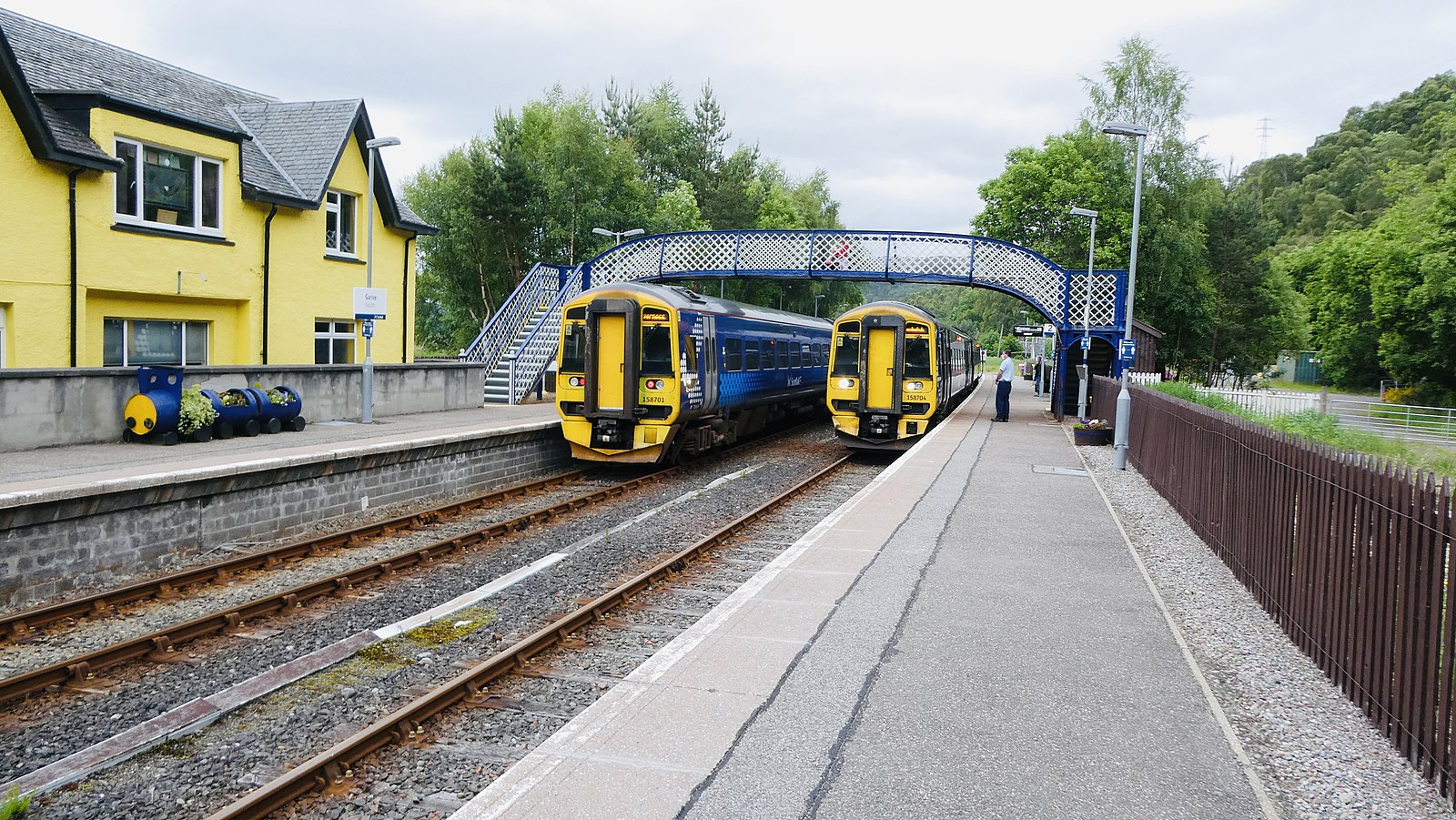By giving riders streamlined access to a host of public and private transportation services on their smartphones, transit providers are working to promote accessible and sustainable mobility options in their communities. This type of transportation model, known as “Mobility-as-a-Service” (MaaS), allows riders to find, book, and pay for their transportation needs in one centralized digital application.
Regardless of whether or not users are located in rural or urban communities, the MaaS concept provides riders with easy access to a range of available transportation options—including e-bikes, buses, and ride hailing/sharing—to reduce barriers to mobility. The ubiquity of smartphones, coupled with the capabilities of the underlying technology, gives public transit providers and private mobility firms the opportunity to form strategic partnerships that can transform the effectiveness of available transportation services.
While some cities across the United States have undertaken their own MaaS pilot initiatives, the model is not unique to North America. In June, the Highlands and Islands Transport Partnership (HITRANS) in Scotland officially launched a large-scale MaaS project—known as the GO-HI app—to improve access to mobility services across rural regions of the country.
Removing Barriers to Mobility
The GO-HI initiative, produced by HITRANS with MaaS technology platform Mobilleo, provides users with the ability to utilize a range of public transport, car sharing, and cycling services across northern and northwestern Scotland through a one-stop mobile app. The project is funded in part by the EU North Sea Region Stronger Combined project and the Scottish Government’s MaaS Investment Fund, which was established in 2018 to improve sustainable transportation services across the country.
In a press release announcing the country’s latest expansion of funding for the GO-HI initiative, Scotland’s Minister for Transport, Graeme Dey, said the investments “will help grow the evidence base for MaaS by developing and testing digital solutions that encourage and enable a shift to public and active transport alternatives.”
Although HITRANS is one of seven regional transport partnerships across all of Scotland, it encompasses a large portion of the country’s landmass—close to 50 percent, much of which is rural, mountainous, and difficult to navigate. Despite the size of the transit partnership’s coverage area, HITRANS Director Ranald Robertson said that it is home to only about 10 percent of the nation’s population and includes many areas that can be difficult to traverse without a private vehicle.
The region also includes a disparate mix of population centers with varying transportation needs, including the large city of Inverness that is experiencing rising traffic congestion and more sparsely populated island communities that rely upon ferry services to connect them with the mainland. Support from the Scottish Government’s MaaS Investment Fund for the GO-HI app has helped to improve travel for residents and visitors all across the region.
“The initial focus of the government’s fund was around rural, island, and community tourism, and tackling inequalities,” Robertson said. “That includes accessibility and mobility barriers to travel, which are a real concern for us.”
Robertson said that the GO-HI platform will help improve awareness of sustainable and active travel options across the northern portion of the country, while also helping users pay for and plan out their journeys. In addition to promoting healthy travel alternatives, the GO-HI initiative is focused on promoting easier access to traditional transit operators and smaller, more localized service providers.
“We have been conscious that we should be working towards making it as easy as possible for people to find the service options that are available, while also trying to use that opportunity to improve the choices available as well,” Robertson added.
Creating a Sustainable MaaS Model
By partnering with a variety of local, regional, and national transit providers—including Enterprise Car Club and Car Hire, national train operator ScotRail, coach service provider Stagecoach Bus, regional airliner Loganair, and the Orkney Ferries and Northlink Ferries—GO-HI is able to offer direct access to a wide range of available mobility services. This type of public-private partnership has proved beneficial for residents and operators alike.
Graeme Bulloch, the Media Relations Officer for ScotRail, said the collaborative nature of the project—including the ability to connect with other regional transport providers—is helping ScotRail improve its customers’ travel experiences.
“Among our key objectives is to encourage increased use of the railway by offering alternative sustainable travel options, encouraging more active travel, end-to-end journey connectivity, and technical innovation and adoption,” Bulloch said. “MaaS is a critical means of delivering this aim by recognising, exploiting, and creating value from technology that provides convenience, reassurance, and information that improves the customer experience.”
Moving forward, Robertson said that the goal is for GO-HI to become a sustainable long-term initiative that can serve as a model for future MaaS programs across the United Kingdom. This includes convincing local businesses to conduct their travel operations through the app—an effort that’s currently underway—and incentivizing residents to use the app by offering travel credits to those who shop locally. By taking these steps, HITRANS hopes that usage of the platform will increase exponentially, thus increasing the interest and investment of their transit partners.
“We hope that, in time, those that are using the platform and choose to interact with it will find their travel experiences so improved that they’ll choose to use it more and more,” Robertson said.


